When it comes to the construction of buildings, exterior structural elements play a crucial role in ensuring stability, safety, and aesthetics. These elements are the backbone of any structure, providing support, protection, and architectural appeal. In this blog post, we will delve into the world of exterior structural elements, exploring their types, functions, and importance in the construction industry.
- Foundations:
Foundations are the base upon which a building stands, transferring the load of the structure to the ground. They provide stability and prevent settlement or shifting. Common types of foundations include shallow foundations, deep foundations, and pile foundations. Each type has its own advantages and is chosen based on factors such as soil conditions, building weight, and local regulations. - Walls:
Walls are essential exterior structural elements that enclose and define the building's space. They provide support, protect against external forces, and contribute to the overall aesthetics. Different types of walls, such as load-bearing walls, curtain walls, and shear walls, serve specific purposes in terms of structural integrity, insulation, and architectural design. - Roofing Systems:
Roofing systems protect the building from weather elements and provide structural support. They come in various forms, including flat roofs, pitched roofs, and green roofs. Factors such as climate, building design, and budget influence the choice of roofing materials, such as asphalt shingles, metal panels, or concrete tiles. - Beams and Columns:
Beams and columns are structural elements that bear and distribute loads throughout the building. Beams, often made of steel or reinforced concrete, support the weight of the floors and transfer it to the columns. Columns, also known as pillars or posts, provide vertical support and help maintain the overall stability of the structure. - Façade Systems:
Façade systems are the outer skin of a building, providing protection, insulation, and aesthetic appeal. They include elements such as cladding, insulation, windows, and doors. Façade systems can be made of various materials, including glass, metal, stone, or composite panels, offering a wide range of design possibilities.
Conclusion:
Exterior structural elements are the vital components that ensure the stability, safety, and visual appeal of buildings. From foundations to roofing systems, each element serves a specific purpose in the overall structural integrity. Understanding these elements is crucial for architects, engineers, and construction professionals to create durable and aesthetically pleasing structures. By considering factors such as functionality, materials, and design, professionals can optimize the performance and longevity of exterior structural elements.




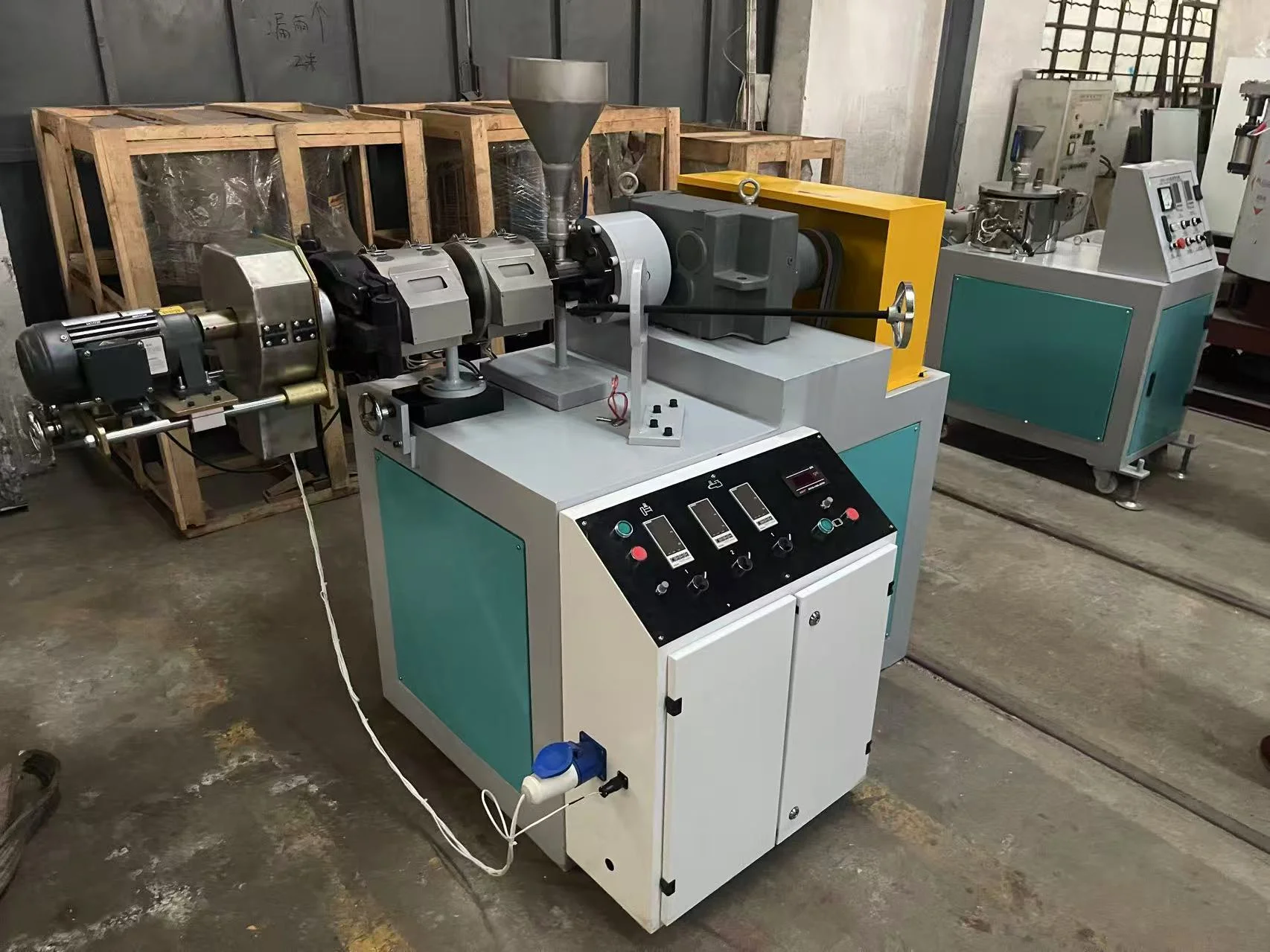
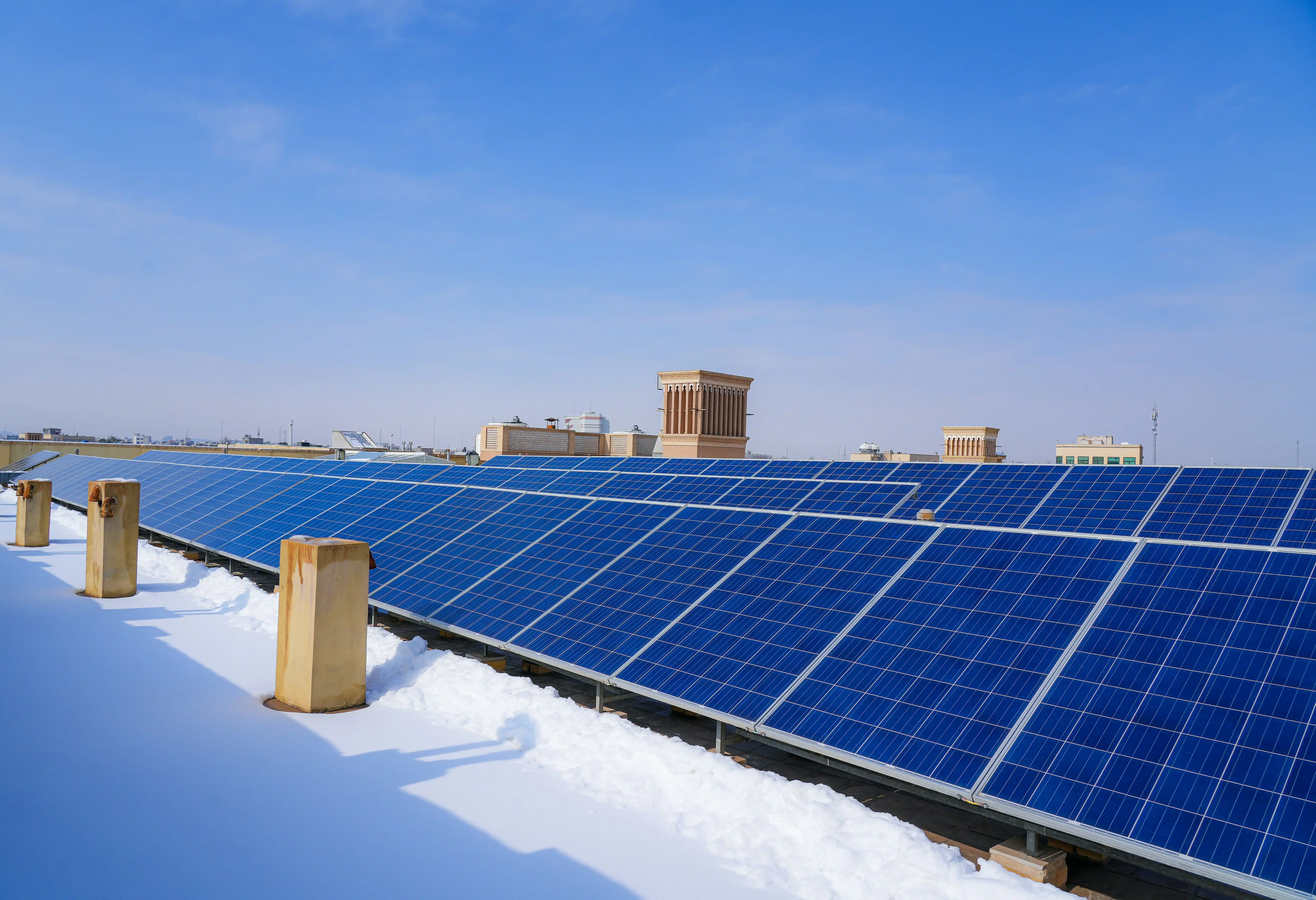

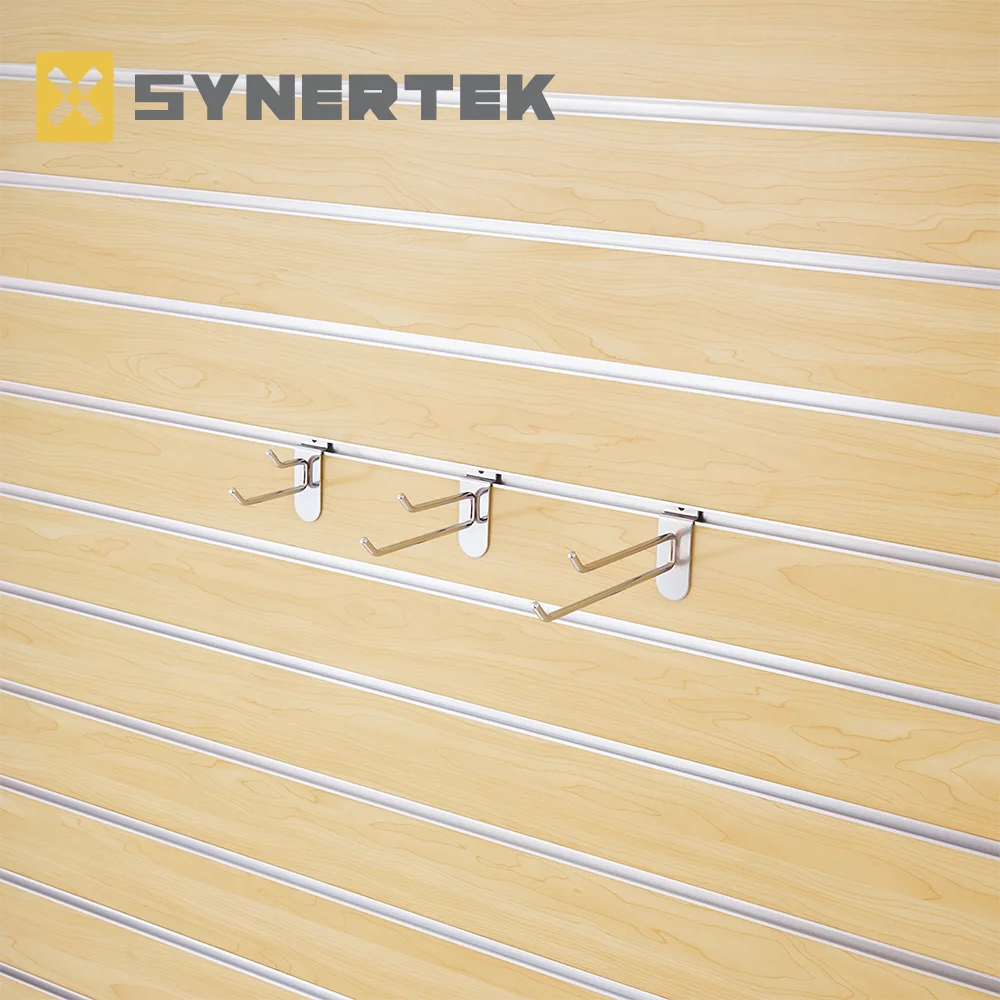
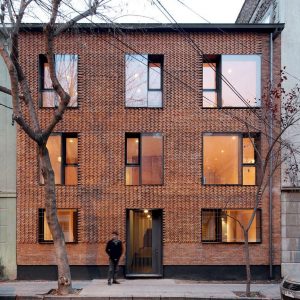
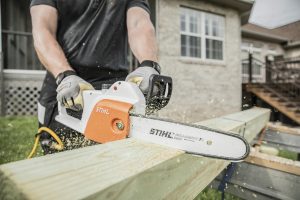

+ There are no comments
Add yours